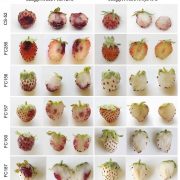
Allelic variation of MYB10 controls natural variation in skin and flesh color in strawberry (Plant Cell)
Plant Science Research WeeklyFew fruits have a more distinctive color than strawberry (Fragaria spp). Anthocyanins are responsible for strawberry’s characteristic red pigmentation with variations in receptacle color caused by altered anthocyanin levels. While the flavonoid synthesis pathway accountable for anthocyanin accumulation…

Spiral down: Rice plants adopt helical root growth under ammonium stress (Plant J.)
Plant Science Research WeeklyWhile ammonium ions (NH4+) serve as important sources of nitrogen nutrition, higher concentrations are toxic and inhibit plant growth and development. In an attempt to understand how roots of rice plant adapt to high concentrations of NH4+, Jia and colleagues found the roots coil and adopt a helical…
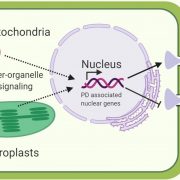
Review: Organelles-nucleus-plasmodesmata signaling, and roles in plant physiology, metabolism and stress responses (Curr. Opin. Plant Biol.)
Plant Science Research WeeklyReview: Organelles-nucleus-plasmodesmata signaling, and roles in plant physiology, metabolism and stress responses
Plasmodesmata (PD) are pores that connect plant cells and allow the flow of small molecules and information but also viruses. This traffic is tightly regulated, in large part by the deposition…
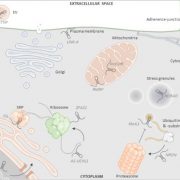
Review: Emerging roles of long noncoding RNAs in the cytoplasmic milieu (non-coding RNA)
Plant Science Research WeeklyReview: Emerging roles of long noncoding RNAs in the cytoplasmic milieu
Note: This article focuses on work in mammalian systems but may be of interest to plant biologists. Long non-coding RNA (lncRNAs) are ³200nt RNAs and represent almost 0.2% of cellular RNA pool. Early work focused on their roles…
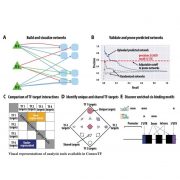
ConnecTF: A platform to integrate transcription factor-gene interactions and validate regulatory networks (Plant Physiology)
Plant Science Research WeeklyConnecTF: A platform to integrate transcription factor-gene interactions and validate regulatory networks
Gene regulatory networks (GFNs) are complex beasts, integrating multiple components of transcription factors (TFs), regulatory loci, and function -- not to mention the myriad datasets and methodologies…
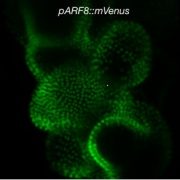
A network of transcriptional repressors modulates auxin responses (Nature)
Plant Science Research WeeklyA network of transcriptional repressors modulates auxin responses
Untangling developmental programs and their methods of regulation are key to understanding the lives of all organisms. In plants, auxin is a hormone essential for plant growth and development. The class A AUSIN RESPONSE FACTOR…
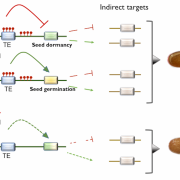
The canonical RdDM pathway mediates the control of seed germination timing under salinity ($) (Plant J.)
Plant Science Research WeeklyThe canonical RdDM pathway mediates the control of seed germination timing under salinity ($)
Epigenetic regulation can ensure that plant developmental programs and stress responses are tightly coordinated so that environmental changes do not compromise plant fitness. One of the mechanisms to achieve…

CLE40 induces localized root Ca2+ transients through CNGC9 (bioRxiv)
Plant Science Research WeeklyCLE40 induces localized root Ca2+ transients through CNGC9
Growth and differentiation of cells in the meristematic region are tightly regulated by different signaling pathways. In the root meristem, the small peptide CLE40 acts as a ligand that binds to cell surface receptors and regulates cellular…

Cell wall remodeling and vesicle trafficking mediate the root clock in Arabidopsis (Science)
Plant Science Research WeeklyCell wall remodeling and vesicle trafficking mediate the root clock in Arabidopsis
Living organisms use biological clocks that are coordinated by temporal signals (time) and positional cues (space) during growth and development. In plants, the ‘root clock’ is generated by a mechanism involving…

